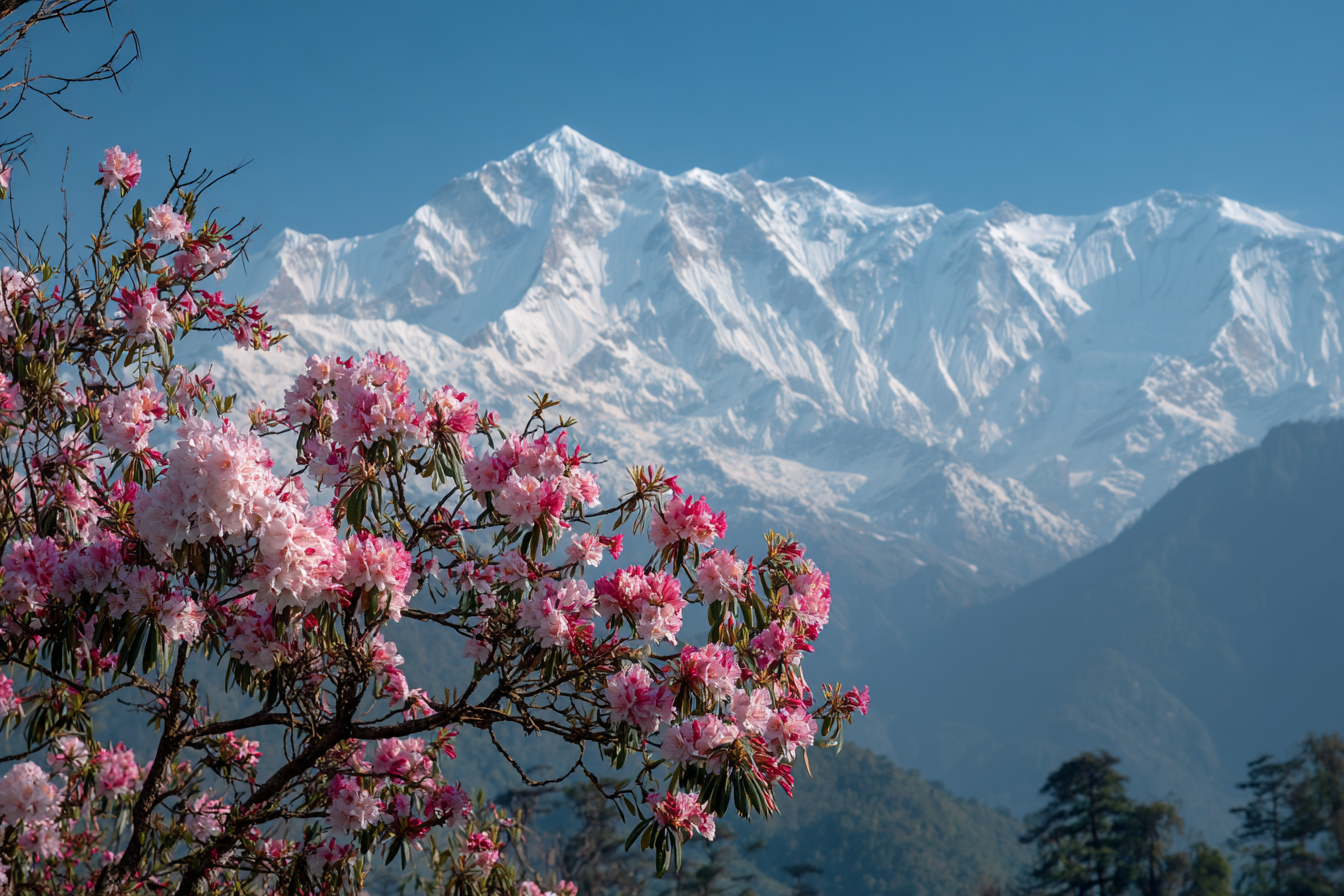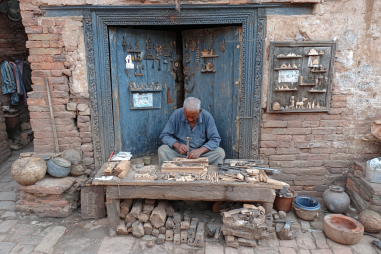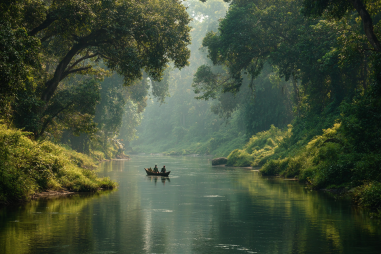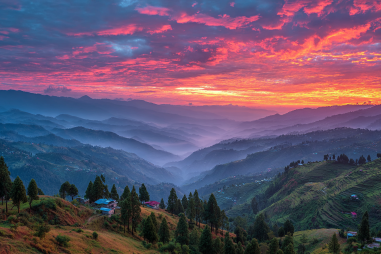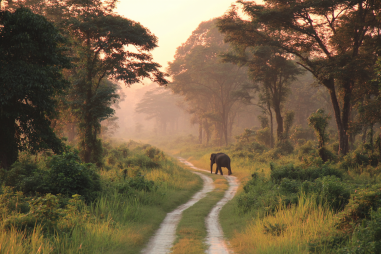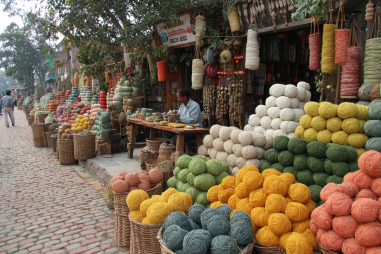Planning a trek to Annapurna Base Camp is an exciting adventure, but choosing the right time to visit can make all the difference in your experience. From breathtaking mountain views to comfortable weather and vibrant wildlife, the season you pick plays a huge role in shaping your journey. Whether you are a seasoned trekker or a beginner, understanding the ups and downs of each season will help you find the perfect travel window. Let’s explore the best time to visit Annapurna Base Camp through a detailed seasonal guide.
Overview of Seasonal Characteristics
The Annapurna Base Camp trek lies in the heart of Nepal’s Annapurna region, where distinct seasonal changes create varied trekking conditions. Generally, trekking seasons here fall into four categories:
- Spring (March to May)
- Summer Monsoon (June to August)
- Autumn (September to November)
- Winter (December to February)
Each season offers unique landscapes, weather, and challenges, so it’s important to match your expectations and preparation with the time of year you plan to visit.
Spring Trekking Benefits and Challenges
Spring is one of the most favored trekking seasons in the Annapurna region. The temperatures start warming up after the cold winter months, and the rhododendron forests burst into vibrant red and pink blossoms, creating a magical hiking experience. Moderate temperatures and melting snow make trails more accessible, and the days gradually lengthen, offering more daylight for trekking.
However, spring can also bring occasional rain showers, especially toward May, and the landscape can be a bit muddy after winter snows melt. Snow may still linger at higher altitudes, so good gear and proper acclimatization are essential. Overall, the weather is generally stable, making spring ideal for those seeking both comfort and stunning natural beauty.
Autumn Trekking Highlights
Autumn is often regarded as the best time to trek to Annapurna Base Camp. After the monsoon season ends in early September, the skies clear up beautifully, offering magnificent panoramic views of the surrounding Himalayan peaks. Temperatures are comfortable, with crisp mornings and warm daylight hours, making hiking pleasant and safer. The trails are dry and less slippery, providing an excellent hiking environment.
Autumn is also the peak trekking season, so you can expect more fellow adventurers and lively teahouses along the route. The festive atmosphere, combined with the spectacular scenery and excellent weather, creates a memorable trekking experience.
Summer Monsoon Considerations
From June through August, the Annapurna region experiences the monsoon season, characterized by heavy rainfall and lush greenery. While the environment becomes incredibly verdant, trekking during this time is generally not recommended for everyone. The frequent rain makes trails slippery and increases the risk of landslides, which can be dangerous in such mountainous terrain.
That said, some adventurous trekkers who enjoy solitude and the dramatic atmosphere might choose the monsoon season. If you do decide to trek in summer, be prepared for wet conditions, carry waterproof gear, and plan for potential trail disruptions. Also, the deep green forests and blooming orchids offer a unique natural experience that other seasons can’t match.
Winter Trekking Pros and Cons
Winter (December to February) trekking to Annapurna Base Camp is for those who don’t mind cold temperatures and are prepared for snow on higher ridges. The advantage of winter trekking is crystal-clear skies and unmatched views of the Annapurna massif and surrounding peaks. Because fewer trekkers are on the trail, you can enjoy a quieter, more solitary experience.
On the downside, the cold can be intense, especially at night and in the mornings, sometimes dipping well below freezing. Some lodges at higher altitudes may be closed due to the season, limiting accommodation options. Snow and icy sections can make the trail more challenging and require warm clothing and careful navigation. Overall, winter is perfect for experienced trekkers who appreciate serene landscapes and colder conditions.
Crowds and Trekking Environment in Different Seasons
The trekking environment shifts noticeably with the seasons, affecting crowd size and the overall atmosphere on the trail:
- Spring and Autumn: These are the busiest periods, with trekking routes buzzing with fellow hikers. Popular teahouses and trails can feel lively and social, with plenty of amenities open.
- Monsoon: Few trekkers choose this time, so you’ll find solitude and less crowded paths. However, some teahouses may close due to decreased tourism and challenging weather.
- Winter: Crowds are minimal during winter, giving a peaceful trekking setting, but some services may be limited.
Choosing whether you prefer bustling social trails or tranquil solitude will help you decide the best season for you.
Wildlife and Flora Sightings by Season
Each season around Annapurna Base Camp brings different opportunities to observe nature. Spring offers a flourish of rhododendron blooms and new plant growth, attracting various birds and insects. You might spot colorful pheasants and hear the calls of mountain songbirds amid the blooms.
Summer’s monsoon nourishes the forest, making it lush with ferns, mosses, and orchids. Wildlife activity increases, with chances to see elusive species like red pandas or Himalayan thar, although sightings remain rare and require patience.
Autumn offers fewer flowers but vibrant trees and stable wildlife patterns. The cooler, drier weather also makes animal sightings less hidden.
Winter reduces flora activity but provides opportunities to spot hardy mammals adapted to cold, and the crisp air can make distant wildlife sounds clearer at dawn and dusk.
Tips for Booking and Preparing According to the Season
Booking and preparation depend greatly on when you trek:
- Spring/Autumn: Book well in advance—especially for autumn—since these seasons attract the most trekkers. Prepare layered clothing to adjust to temperature shifts.
- Monsoon: Confirm the availability of accommodations beforehand and pack high-quality rain gear and waterproof boots.
- Winter: Ensure warm sleeping bags and thermal clothing, and check for lodge openings before departing. It’s advisable to bring traction aids like crampons if icy conditions are likely.
Regardless of season, carry altitude sickness medication, stay hydrated, and plan your itinerary allowing for plenty of acclimatization days.
Finding Your Ideal Time for the Trek
Deciding the best time to trek Annapurna Base Camp depends on your priorities:
- If you crave the most spectacular mountain vistas and mild weather, autumn is your ideal choice.
- For flower lovers and slightly quieter trails, spring offers a fantastic environment.
- The monsoon season is suited for those seeking solitude and a lush green experience but comes with inherent weather risks.
- If you want peaceful trekking with fewer crowds and don’t mind cold, winter can be rewarding.
By aligning your trekking window with these seasonal insights and personal preferences, you’ll ensure a safer, more enjoyable, and unforgettable journey to the Annapurna Base Camp.

